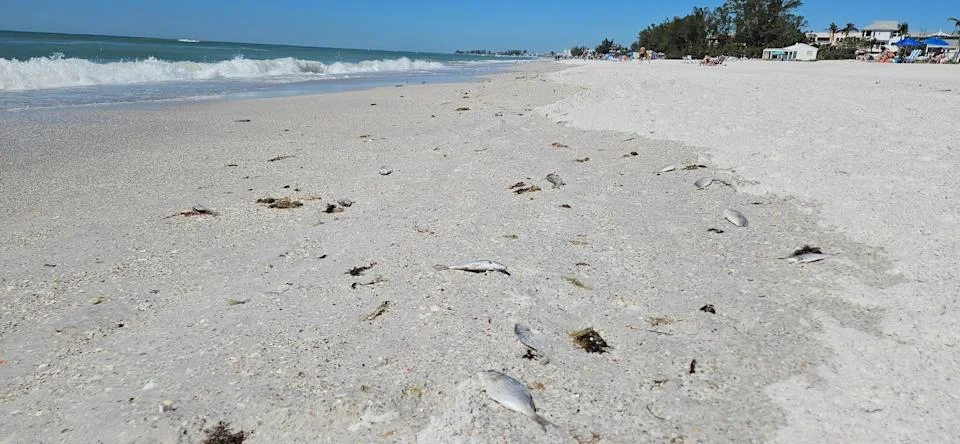
Red Tide Outbreak Affects Florida’s Coastal Waters
The picturesque coastal waters of Florida are currently battling an unwelcome visitor: red tide. According to recent reports, an outbreak of this harmful algal bloom has been detected, prompting concerns among locals and environmentalists alike. Red tide, caused by the microscopic algae Karenia brevis, can produce toxins that affect both marine life and humans.
Maps released by environmental agencies show the extent of the red tide's reach along Florida's western coast. These blooms can lead to significant fish kills, discoloration of the water, and respiratory irritation in humans, particularly those with asthma or other respiratory conditions. Beaches in the affected areas have reported an increase in dead fish washing ashore, a grim reminder of the bloom's impact.
Authorities are monitoring the situation closely, with warnings issued to the public about potential health risks. They advise avoiding swimming in areas where red tide is present and to be cautious of the air quality, especially on windy days when toxins can become airborne. Efforts are underway to mitigate the spread of the bloom, but natural phenomena like red tide can be challenging to control.
This environmental issue underscores the delicate balance of Florida's ecosystems and the need for continued vigilance and research into managing such outbreaks. As the state grapples with this natural disaster, the hope is that the red tide will dissipate soon, allowing Florida's renowned coastal beauty and marine life to recover.